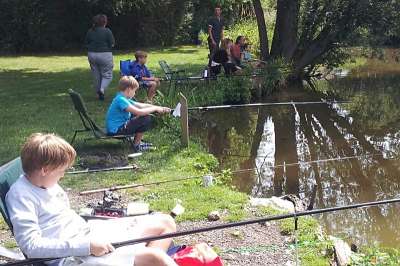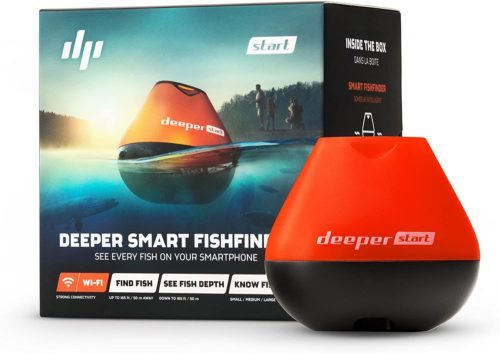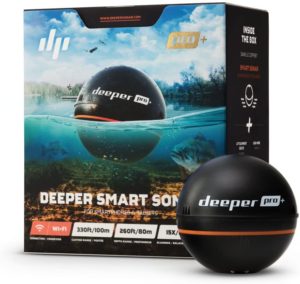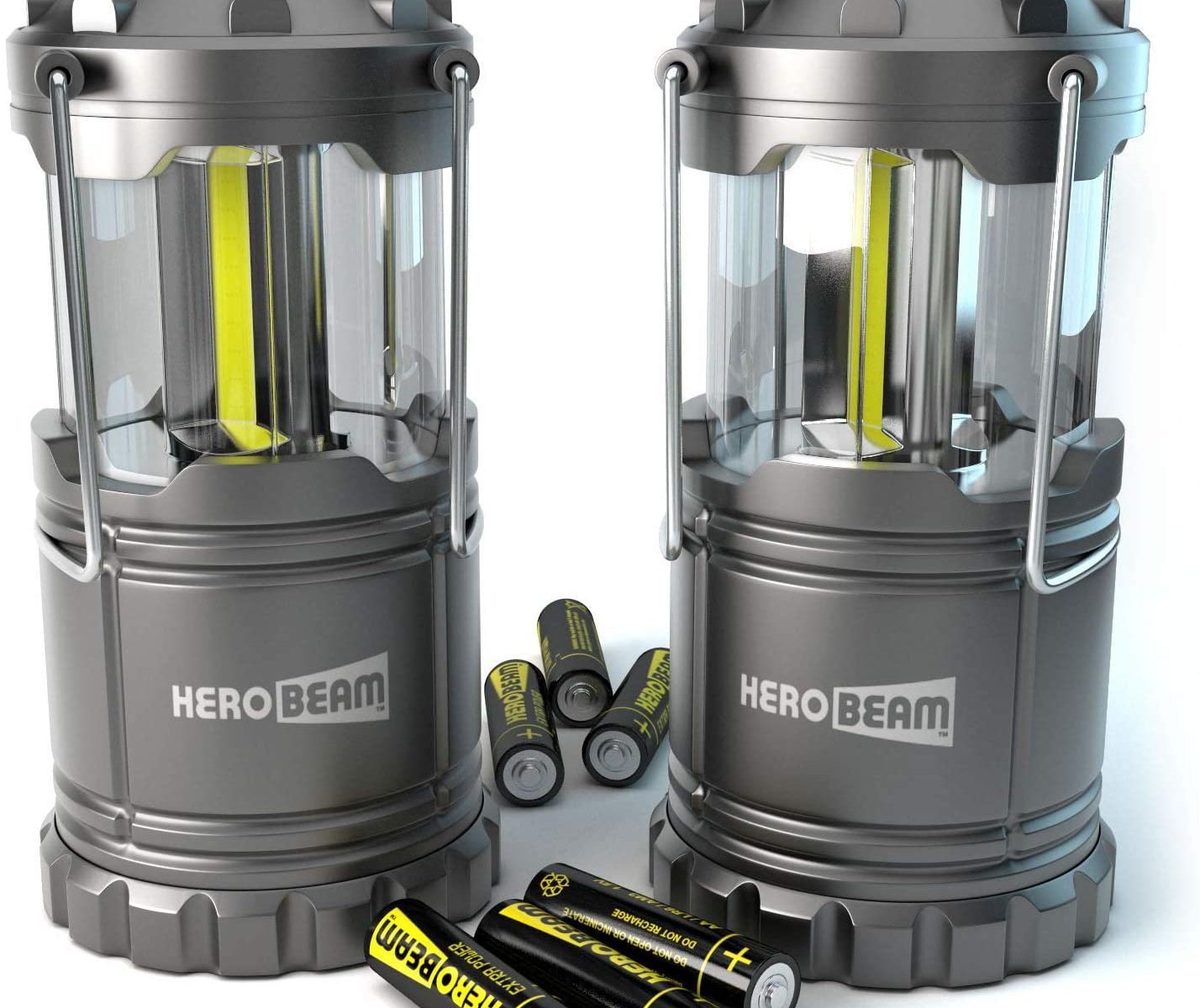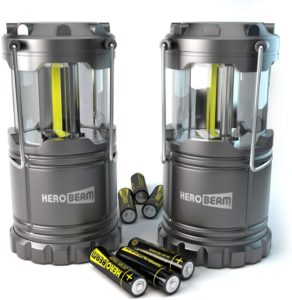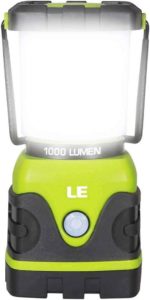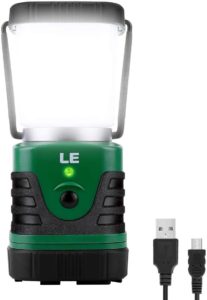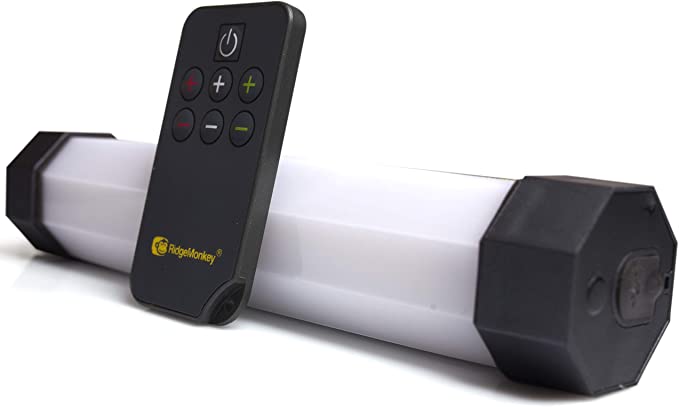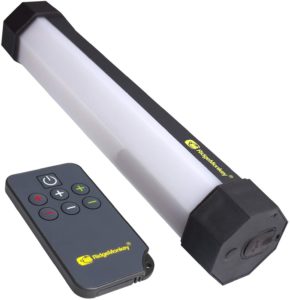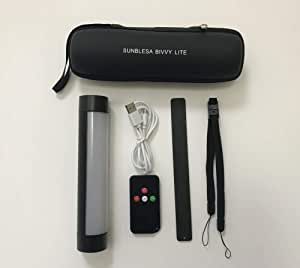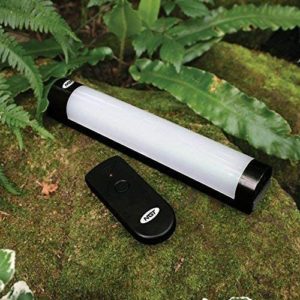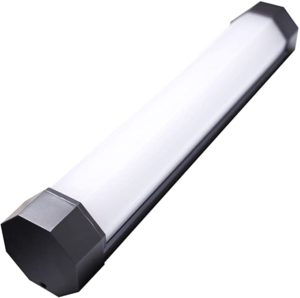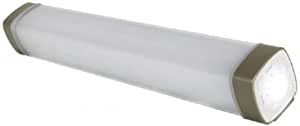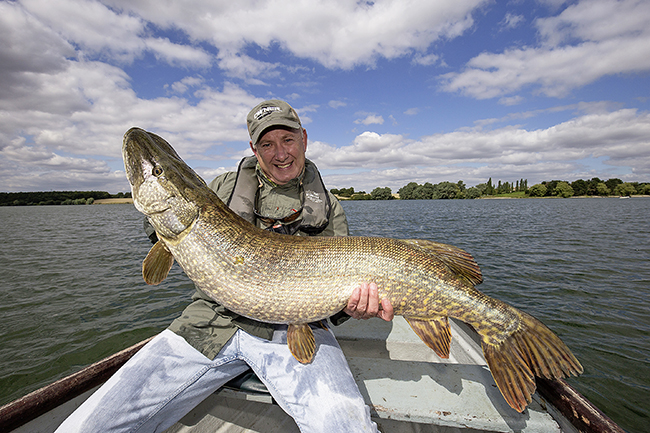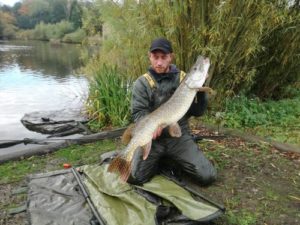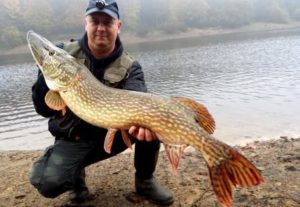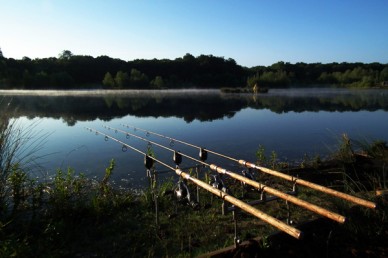1. THE OLD LAKE, BURY HILL FISHERIES

This fishery is a tree lined, Victorian estate lake that is 200 years old and covers 12 acres. There are 75 wooden platformed swims available which are well spaced apart plus there are purpose-built punts for the angler who wishes to fish afloat. This lake is a mixed fishery with a good head of carp to over 40lb, bream to over 10lb, tench to over 9lb and a good stock of crucian carp, perch, roach and rudd. For the predator angler, pike can be caught to over 30lb plus the lake also holds a good head of zander well into double figures.
TACTICS
Pike can be caught using dead baits and artificial lures from both the bank and from one of the punts that are available to hire. Fly fishing for pike is also permitted but only when using a boat.
RULES
– Predator fishing is only allowed from October 1st until March 14th.
– Strictly no live baiting.
– Single, barbless hooks only, treble hooks are banned.
– Lines must be a minimum of 12lb breaking strain.
– A suitable landing net and un-hooking mat must be used.
– Anglers must carry the correct un-hooking equipment.
2. BIRCHMERE LAKE

Birchmere Lake is a general course fishery with a good head of double figure carp and pike plus large quantities of roach, bream and perch. There is an average depth of 5 foot with some areas dropping away to around 7 foot. Fishing here is available either through a yearly membership or on a day ticket and is also suitable for disabled anglers.
TACTICS
Lure fishing or dead baiting
RULES
– Pike angling is only allowed between October 1st and March 15th. – Live baiting is banned.
– No fixed leads of any kind.
– Only semi-barbed or barbless treble hooks to be used.
– Anglers must carry the correct un-hooking tools plus a large landing net and un-hooking mat.
3. Golf Course Lakes

The golf course lakes consist of the North Lake, South Lake and Narrow Pond and are run by Uxbridge Rovers Angling and Conservation Society and sit in the heart of the Colne Valley. These venues are largely un-fished with an unknown stock of carp, tench, perch, rudd, pike and eels. The average depth of the lakes is 6 foot and hold many features including small islands, tree roots and lily beds, with the North Lake being the favourite for the pike angler.
TACTICS
Lure fishing or dead baiting
RULES
– Dead baiting is allowed between October 1st and March 15th. – Lure fishing permitted all year round. – Live baiting is forbidden.
– Barbless or semi-barbless hooks only.
– Adequate un-hooking tools must always be carried.
– A suitably sized landing net and un-hooking mat must be used.
– Lip grip devices are banned.
4. Farlows lake
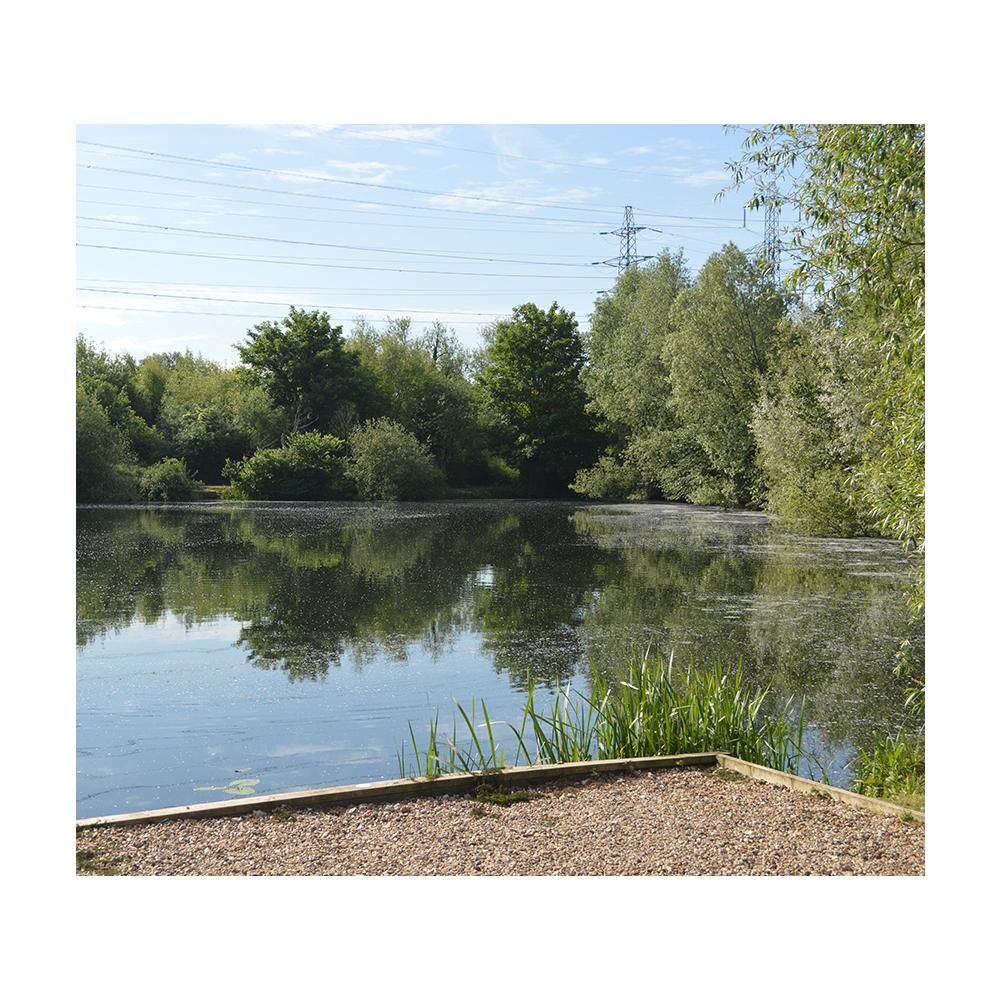
This day ticket lake was originally part of a 35 acre pit until a channel was put in, thus creating 2 lakes. This lake is 6 acres plus in size and holds around 500 carp to over 40lb, pike to over 25lb as well as perch, roach, bream, tench and eels. There are numerous features to target such as gravel bars, weed beds and islands. Parking is possible behind most swims or close by. There is a tackle shop, a café, toilets and showers on site too.
RULES
– A day ticket must be purchased before fishing commences.
– All nets, slings and mats must be dipped in the disinfectant baths before a ticket will be issued.
– No sacking of fish is permitted.
– A 42” landing net and un-hooking mat is required regardless of species sought.
– Barbed and micro barbed hooks only.
– No live baits to be brought onto the fishery.
5. Walthamstow reservoirs
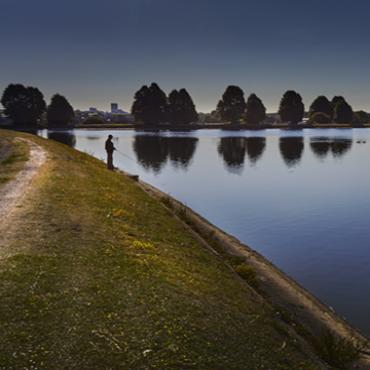
There are a total of 10 reservoirs that make up this group, 3 of which are stocked with rainbow and brown trout for the fly-fishing enthusiast and 7 that are mixed fisheries aimed at the coarse angler. All the waters are of different sizes and depths and they all offer the angler a different challenge. Carp to over 44lb have been caught as well as plenty of 30lb plus pike.
For the pike angler who is looking to target large fish, Coppermill Stream will be a favourite as fish have been caught from here to over 35lb.
6. Willow lake – tylers common fishery

Tylers Common Fishery in Brentwood, Essex, is a commercial fishery that consists of 4 lakes, Ash Lake, Horseshoe Lake, Wagtail Lake and Willow Lake and can be fished on a day ticket. All 4 lakes hold a good mixed species including carp, crucian carp, tench, bream, roach and rudd but it is Willow Lake that is described as the specimen lake.
There are 31 swims available on this 2.5 acre lake which also has lilypad beds and marginal rushes. Carp have been caught to over 40lb with tench to 10lb, bream to 11lb, perch up to 4lb and a good head of pike to over 26lb.
TACTICS
Pike can be caught from all parts of the lake, but in warmer weather when the pike might be in cooler, deeper water, swims 1-18 will be favourable as the depths here are between 12-14 feet. Swims 19-31 average a lot shallower at only 5 feet deep.
RULES
– Barbless hooks only.
– Day tickets are £7 with an extra rod costing a further £3 and must be purchased prior to fishing.
7. Swimming pool lake
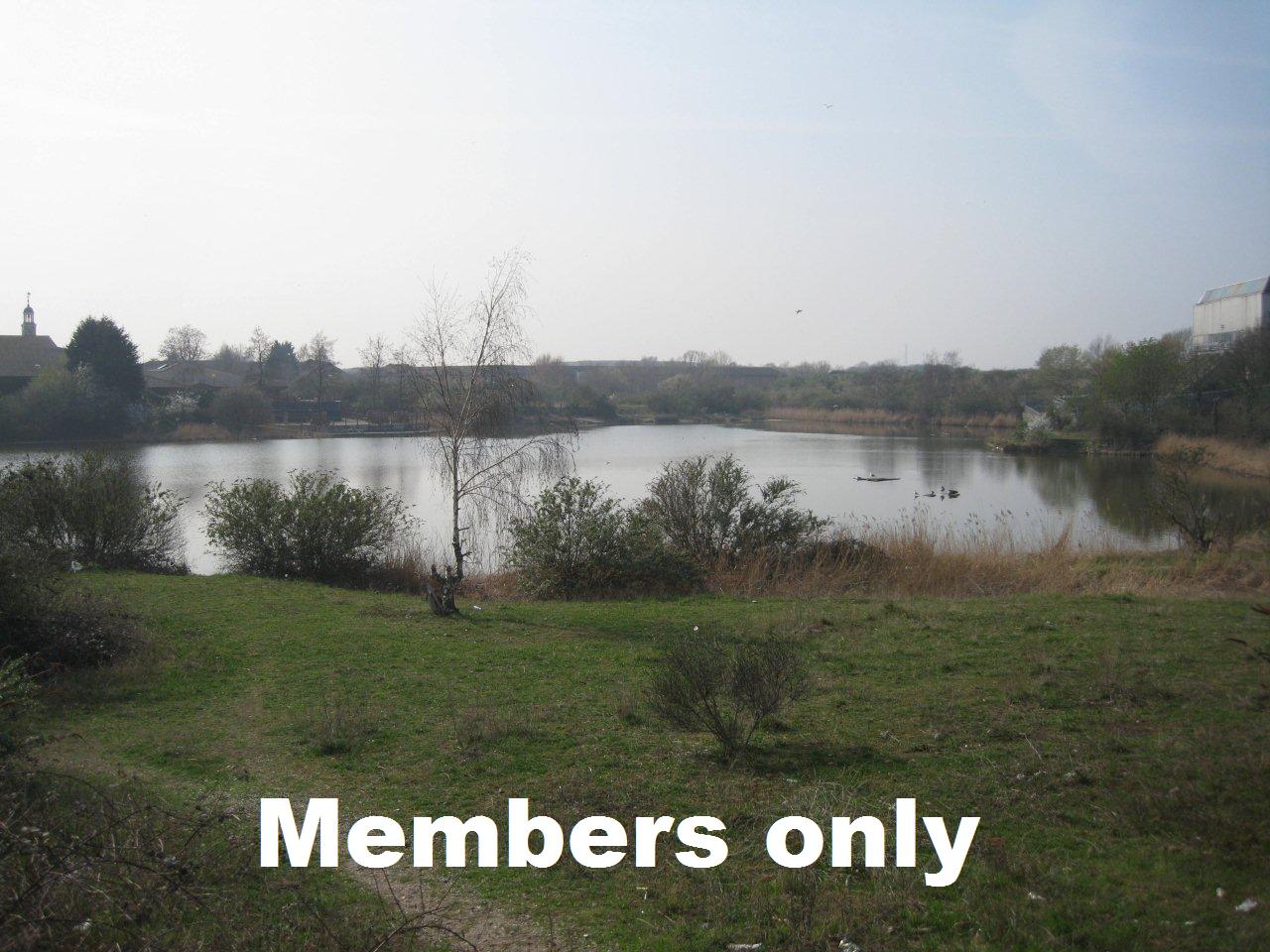
The Swimming Pool Lake, also known as the Members Lake, is owned by Thamesmead Town Angling Club and is available to be fished on a season ticket. The key species available are carp, bream, roach perch and pike.
TACTICS
Pike can be caught by either using dead baits or artificial lures.
RULES
– Strictly no live bait at any time.
– Semi-barbed or barbless hooks only.
– Minimum line breaking strain 12lb when dead baiting or 8lb when using artificial lures.
– No fixed leads of any kind.
– A large landing net and un-hooking mat must be used.
– Suitable pike un-hooking tools must always be carried.
8. Fairlop waters
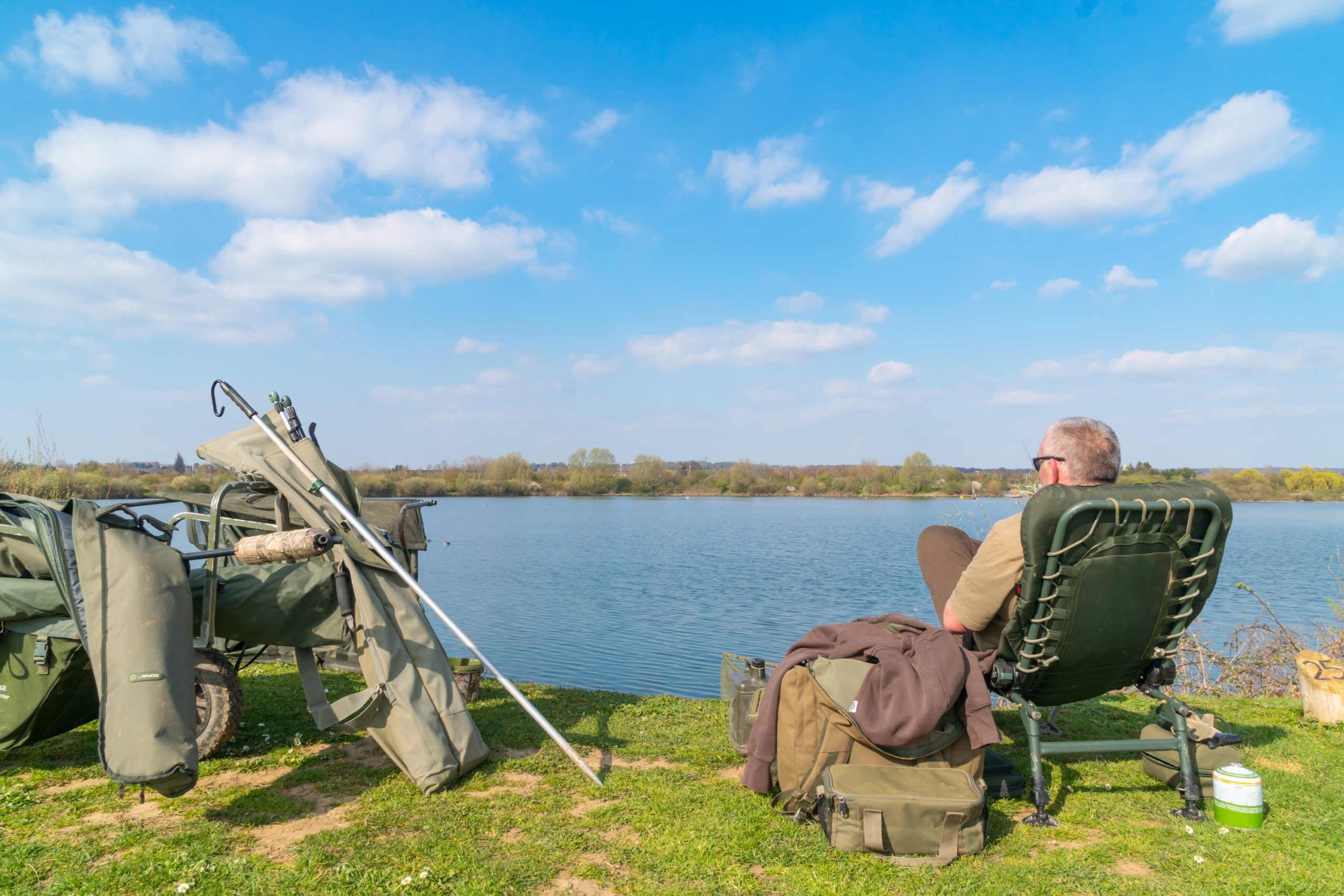
Anglers fishing at Fairlop Waters Country Park have a choice of two lakes, the East Lake and the Sailing Lake. The East Lake, at 3.5 acres, holds a larger head of carp with a good stock of tench and bream too. There is also an angling platform available for the disabled angler.
The Sailing Lake covers an area of 38 acres with a stock of carp, roach, bream, perch and pike weighing up to 30lb. Anglers have the option of purchasing either a season or day ticket for both waters.
TACTICS
General pike fishing rules apply which include using a large landing net, un-hooking mat and having suitable un-hooking tools.
9. Hardwood hall

Originally part of the Gaynes Manor Estate, Harwood Hall is located on the land that is called Parklands open space. The fishery is stream fed and has been managed by Becmain Angling Society since 1964. In 1966 the lake was desilted and a good stock of carp, roach, tench, bream and rudd were added. As well as these stocked fish, there is also a good head of eels, gudgeon, chub, crucian carp and pike.
RULES
– Barbless hooks only.
– No braided mainline.
– A suitable landing net and un-hooking mat must be used.
– A safety rig must be used when ledgering.
10. JACK’S LAKE
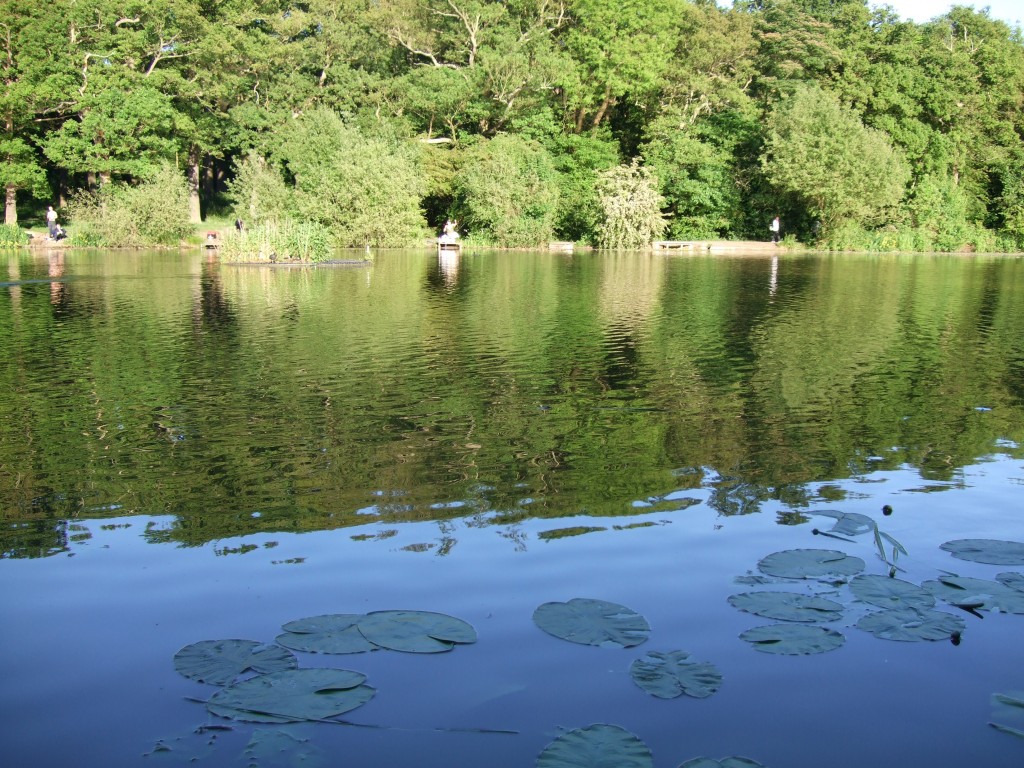
Jack’s Lake, located in Hadley Woods, Herefordshire, is controlled by Hadley Angling and Preservation Society. This lake is part of 3 that were created for Squire Charles Jack sometime around the 1880s. The lake consists of 44 pegs, 17 of which are only accessible to club members, the other 27 are fishable on a day ticket. It is a mixed fishery with a good head of carp, bream and roach plus tench, rudd, chub, gudgeon and pike. The odd eel and barbel have also been caught here.
TACTICS
Dead baiting with sea baits is highly effective as is fishing with artificial lures.
RULES
– Barbless hooks only.
– No live baiting.
– Spinning is only allowed between October 1st and March 31st.
– A suitable landing net and un-hooking mat must be used.


